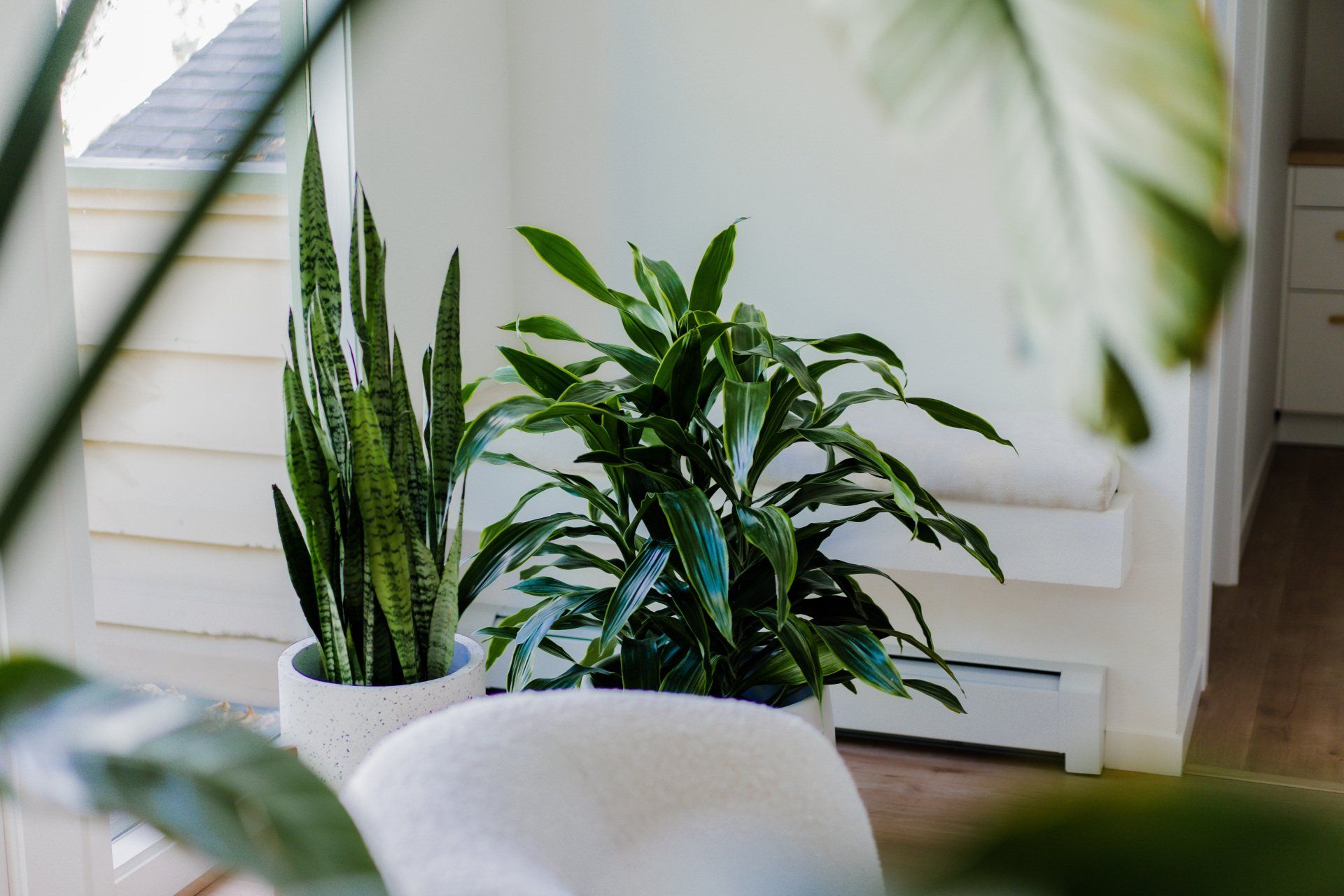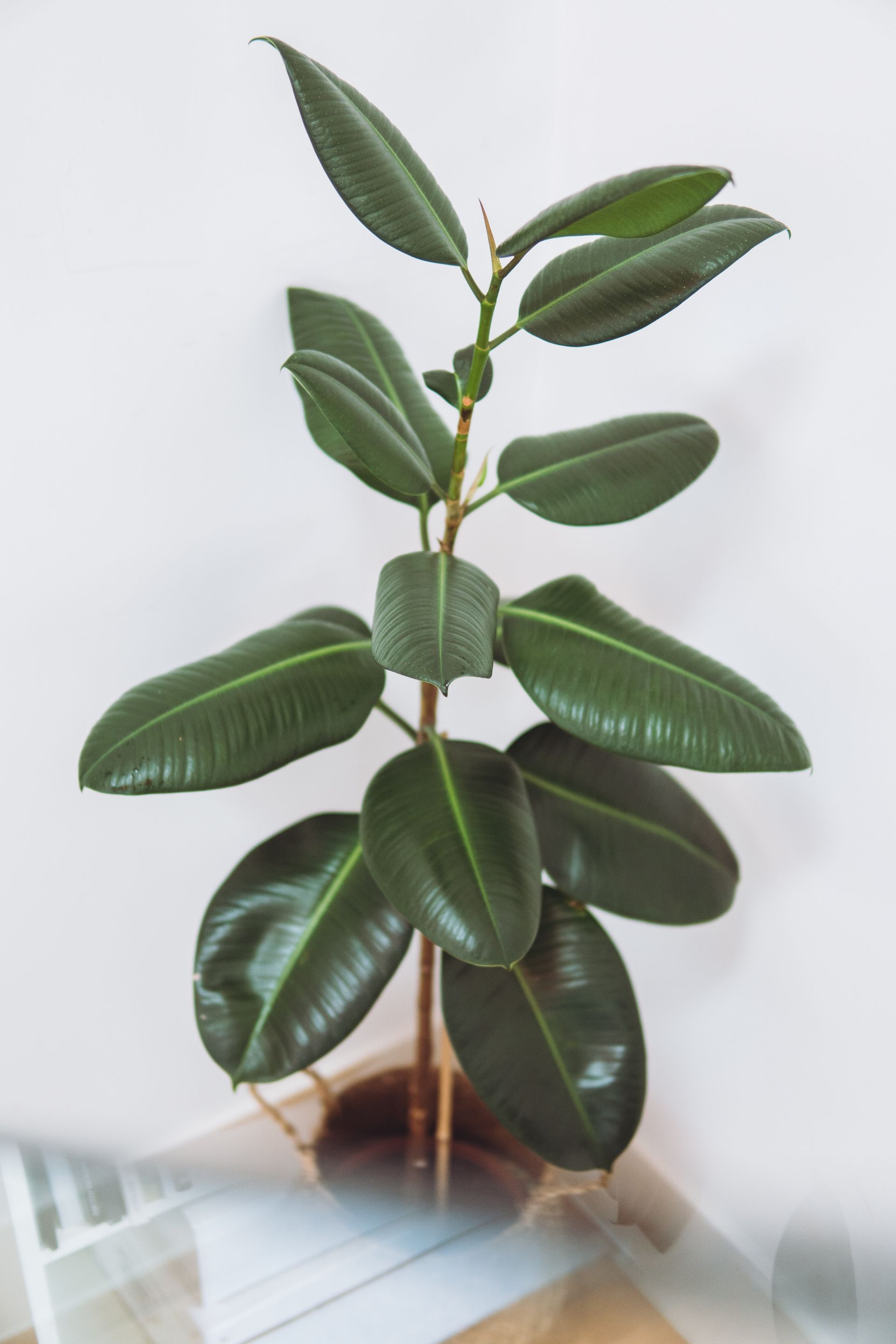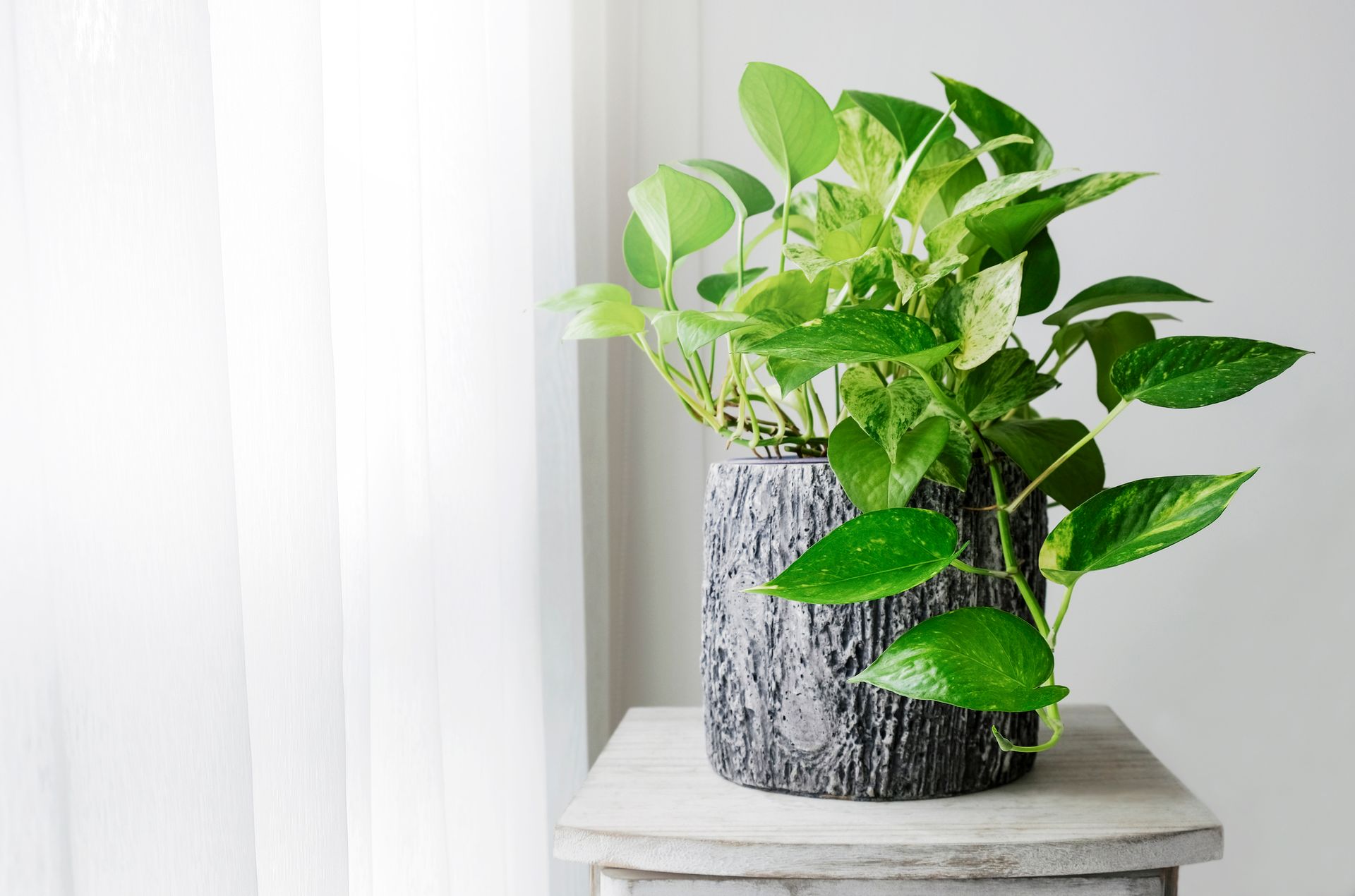Origin Stories of Our Favorite Houseplants
Tracing your indoor plant’s roots from the grasslands of Africa to the lush forests of Southeast Asia.
Have you ever wondered where in the wild your common indoor houseplants first grew?
Although most indoor plants we acquire have been cultivated by humans across the U.S., they will always remember the native climates they come from. From light to humidity to watering practices, it is important to understand where your plants originated from so you can provide the best care for them and support their optimal growth. Cultivating a deeper connection between you and their international roots will result in
happy, healthy houseplants throughout every season.
We understand that your gorgeous greenies feel like an extension of you, from the hanging Pothos to your office Snake Plant. But to even better understand them, we need to trace them back to their original locations, across seas and continents, from the grasslands of East Africa to the lush forests of Asia. For example, many common houseplants, like the Rubber Tree and Pothos, originated in humid, tropical climates that are used to shaded environments in dense canopied forests. Although the plants we source now are grown in coastal environments like California and Florida, understanding their origins can provide us with incredible insight.


When it comes to choosing a houseplant that is ideal for your space, there are a few things to consider. Firstly, remember that your plants are probably adapting to a very different climate and that it may take them a little adjusting. You, too, would probably feel the stark contrast from a hot, balmy, and high-precipitation lifestyle to a cool, dry, and high-altitude locale. For us Denver dwellers, this 5,280 feet above sea level is a type of high that plants from the lush tropics are simply not used to. Secondly, even though indoor houseplants’ origins trace them to very different micro-climates and geographical locations, there are a few fantastic ways you can support their growth.
Consider how plants play a critical role in the ecosystems of their native regions, creating a symbiosis that benefits neighboring plant life, animals, and the local people. Your own houseplants are so much more than decorative. They are a part of your ecosystem and act as an invitation to return to your roots and nurture your connection to nature. Not all plants are equal though, remember to check if you are
sourcing a houseplant that is pet-safe and non-toxic if you share space any fur-critters or young kids.
Here, we take a trip around the world to travel the origin stories of your favorite houseplants, the climates they grow wild in, and a few care tips to keep them thriving in their home away from home.
ZZ PLANT

Origin: Short for zamioculcas zamiifolia, this plant originates from Eastern Africa, from Southern Kenya to Northeastern South Africa, where the climate ranges from grasslands, rocky areas, and both dry and humid forests. This is why the ZZ plant is one of the most low-maintenance indoor houseplants to care for, as it is adaptable and resistant to various climates. The way they navigate in the wild is through their underground stems called rhizomes, which are plump like potatoes and store water making them drought-resistant—Colorado summer, anyone?
Also known as “Zanzibar gem” or “emerald palm,” the ZZ plants’ waxy, dark green, pointed leaves seem gestural in nature and offer vibrancy to any room, desktop, or outdoor patio. Their air-purifying capabilities make them a great choice for a place you spend plenty of time in. They are associated with steady growth, reminding us to keep going, stay committed, and trust the process of our journey.


Care: Add a little extra moisture to your space by placing humidifiers in the room of your ZZ plant—trust us, your skin and hair won’t mind it, either. Warm temperatures are preferred, so avoid cold drafts in your space. The biggest risk to ZZ plants is overwatering them, so we recommend doing deep waterings less frequently, allowing the soil to partially dry out in between waterings. Their diversity in geography makes them adaptable to many light conditions, including low light and fluorescent.
SNAKE PLANT
Origin: Nicknamed “mother-in-law's tongue,” this popular stemless houseplant is a broadleaf plant that grows wild in the rocky and dry landscape of tropical West and Central Africa. Cameroon, Congo, Nigeria, and Tanzania are some of these African countries where Snake Plants have been traced to. To survive these intense conditions with infrequent rain, the Snake Plant is a type of succulent that holds water in its stems to keep from dying during dry seasons.
They are best noticed by their tall, lanky, sharp, and hard leaves that bring a beautifully structural aesthetic to spaces. Their distinct patterns vary in shades of green and sometimes yellow lines. Occasionally, they can flower once a year, producing cream-colored flowers that develop into small, orange fruits. In some African communities, the fibers of a Snake Plant are used to produce eco-friendly and biodegradable ropes, yarn, and textiles for everyday necessities.


Care: Known as being an incredibly low-maintenance houseplant—not all plants can say the same—the Snake Plant is great for people who are traveling often, have a hectic schedule that makes regular watering difficult, and wants to feel like they have a green thumb without a ton of effort. To best care for your Snake Plant, we recommend placing them in a bright, warm location indoors or out, protecting them from the direct, hot sun. Because of the dry climate they originate from, overwatering is their number one threat. They do best when planted in a well-draining potting mix with regular watering in their growing season of spring/summer. Be mindful to reduce watering from late fall to winter so as not to drown your precious plant. graph
RUBBER TREE
Origin: Also known as a “rubber fig” or “Indian rubber tree,” this plant was originally discovered in Southern Asia, including India and Indonesia, in tropical climates dense with plant life. It gets its name from the milky sap that comes from its stems and leaves and was once used to create rubber. Although it is not used for commercial rubber production, it has made a household name for itself as one of the most popular houseplants worldwide.

In the wild, the Rubber Tree can grow up to an impressive 100 feet high in some cases, even creating long and durable bridges that can actually transport people across their viny pathways. These structural designs create intricate webbing to provide sturdy walkways but can take decades to fully form. Because they are monsoon-prone, adaptable, and creative in design, they are highly valued in this part of the world. In the West, they are associated with abundance and happiness and appreciated for their ability to soften and nurture any space they are placed into. We adore this climbing plant for its silky green leaves, the tendency for growth, and low maintenance qualities.

Care: For a happy Rubber tree all season long, keep it out of direct sunlight and away from cold drafts. She does best with moderate amounts of water and loves normal to warm temps for optimal growth. Because of the humid and balmy climate, they are native to, the Rubber Tree does best with humidifiers in the space, especially during dry winters in Colorado. Now that you know a bit about her growth habits in nature, remember that this type of plant has a tendency to grow tall, so offer her a place to grow into or relocate when she has maxed out her space.
POTHOS
Origin: Also known as “devil’s ivy,” the Pothos is a beloved indoor foliage plant that traces back to Southeastern Asia and the Solomon Islands, a nation of hundreds of islands located in the South Pacific. These regions are known to be hot and humid with a long rainy season, and the island is prone to monsoonal winds and tropical cyclones. The Pothos plant can be seen flourishing from the ground to the tops of trees due to its aerial rootlets that weave across the earth and then climb upwards of 40 feet.

Care: To care for your Pothos and support their optimal growth, we recommend placing them in bright, indirect light or in partly sunny locations. Because Pothos grow in the forest towards the light above, they can be placed in moderately low light, allowing them to grow upwards to a light source to replicate their growth in the canopy.
During their growing season, thoroughly water allowing the soil to dry out 2 inches before you water again, and reduce this amount in the winter/fall. Pothos plants are easily propagated by cutting their stems to multiply into more plants around the home, plus keeping them regularly pruned supports their vibrancy and growing.
They are associated with the Greek god, Pothos, who represents yearning and desire and is recognized as a plant of eternal life as they can grow exponentially and seemingly without limits. We love them for their heart-shaped waxy leaves that come in various green, yellow, and white colors and can be uniquely variegated, making them desirable plants to select for your home or office space. From a wellness perspective, Pothos are valued for their ability to elevate a space both visually and energetically for their lively colors and aptitude for growth.

Get In Touch
Send us an email or give us a call at your convenience to discuss your next project
Phone
(312) 402-1545
Email Newsletter
Sign up for our email newsletter
Contact Us
Incrementum © 2024 All Rights Reserved. Hosted by Hyport Digital. Website Design by Blake Lockard